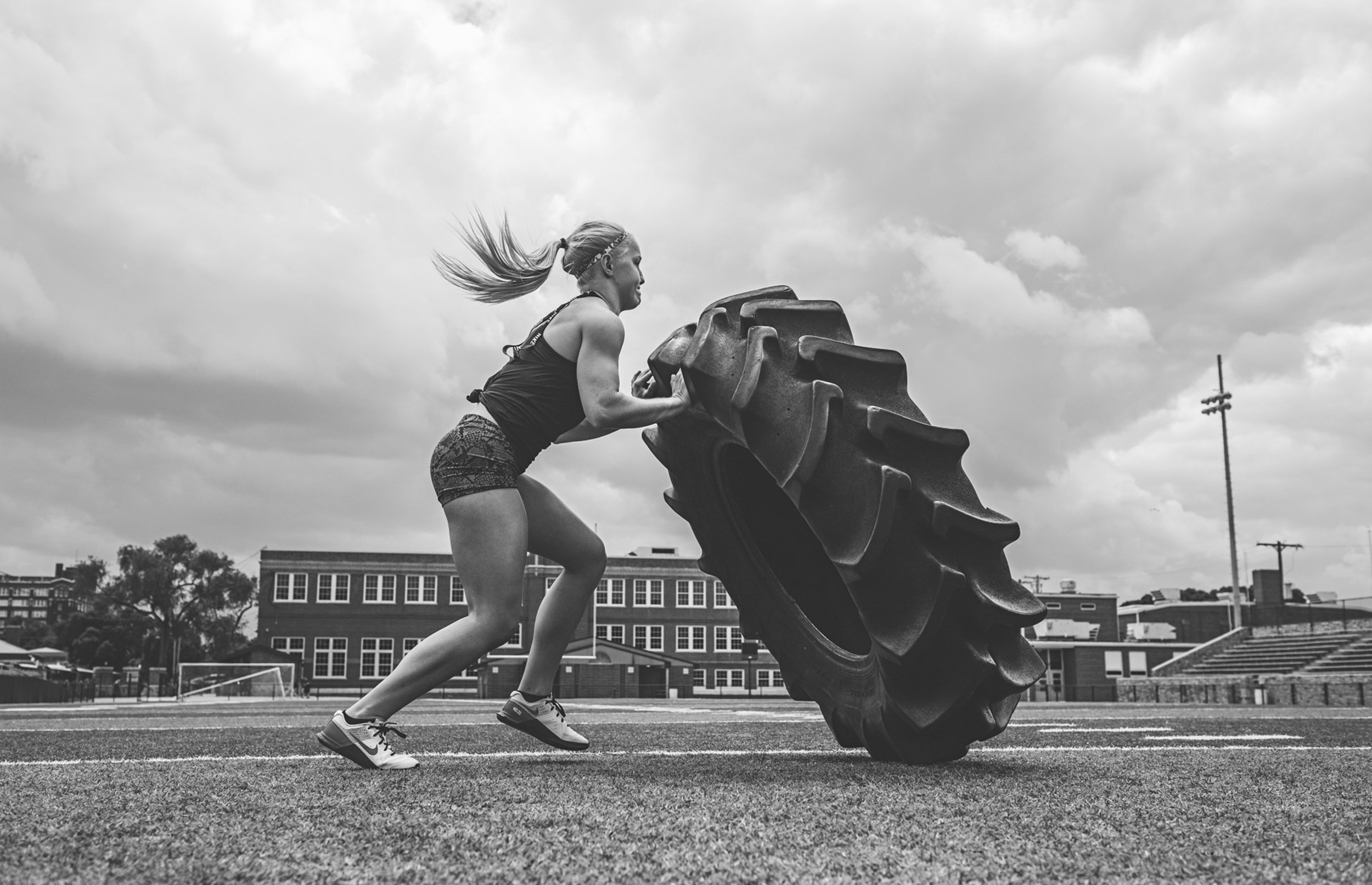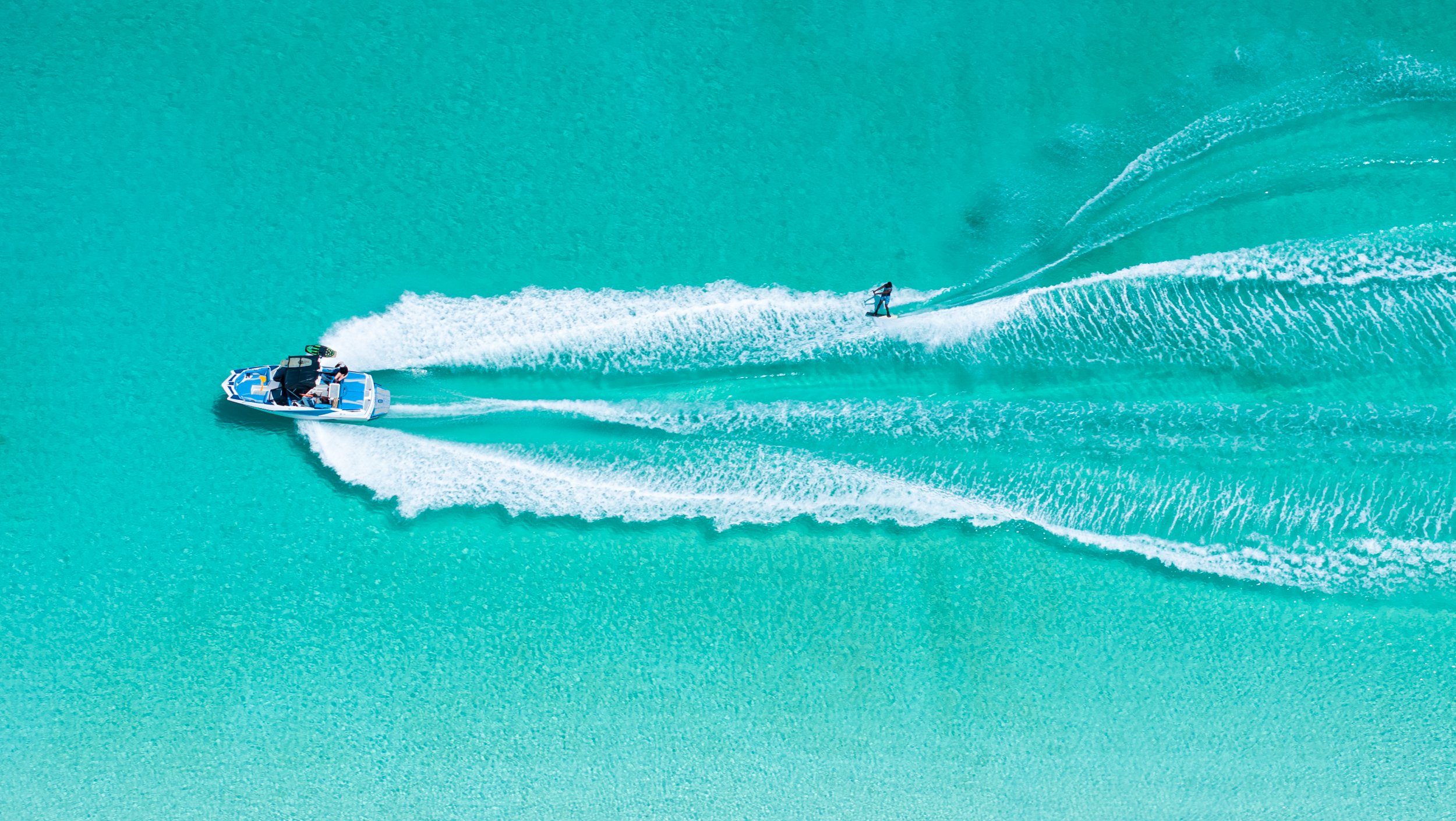being there: in conversation with will graham
MCA warmly welcomes Dallas-based photographer Will Graham to our team.
Will has been shooting for commercial clients and ad agencies for 14 years, with a strong focus in action and athletics. From his very first photography job working for an NGO in East Africa, Will has understood that authentic images arise out of a photographer’s willingness to be in the moment with those they’re photographing. For Will, photography is about revealing a moment of presence—about being there. His commitment to studying the subject matter he is hired to photograph, even learning the activities himself so he can better understand how they should be captured, sets his work apart in the field, and has made him invaluable to clients who rely on his expertise in planning and executing shoots.
We sat down to talk with Will about his experience-driven approach to making photographs, the time both a dolphin and Drake unexpectedly showed up on a shoot, and the importance of music in his creative practice.
Tell us where you’re from, where you live now, and what led you to photography.
I grew up in Dallas, Texas, where I still live, and went to the University of Texas in Austin to study history. I’ve always loved reading and writing about history, and my focus in school was on revolutions and post-revolution eras. After college, I moved back to Dallas where I worked for a law firm for five and a half years. I did paralegal work while trying to figure out what I wanted to do. What I found out was that office work is really boring! So I started putting more energy into going on trips with friends, especially hiking trips. I would take a camera along and I just got absolutely hooked on taking photographs. I started reading blogs and pretty much taught myself most of what I know about taking photos. At first I thought it was going to be a hobby, and then it kind of became an obsession.
What was your first photography job?
My first photo job is what took me away from the law firm. I had a buddy who worked for an NGO as a country director in Uganda, and they needed someone to come and do media and photography for the organization. I saw how this would mean that every morning I would wake up and have a camera in my hand, so I moved to East Africa. It was supposed to be for three months, but I loved it and so turned into about a year and a half. I photographed things like their water well projects and community projects, and also traveled around to take portrait and lifestyle photos, all sorts of different things that were interesting. I would jump in wherever I could—it went beyond just taking photos, and helped me set real expectations for what the job could look like and everything it would entail. I didn’t know anyone who was a professional photographer, so I didn’t really know what that path looked like. I learned how to have my camera with me every day, yes, but I also learned how to get used to just going up and talking to all sorts of different people and establishing relationships.
English is spoken in Uganda, but in a lot of other regions we traveled to it is not. With a camera, you learn how to communicate non-verbally. I learned how to be on the same page with someone without actually speaking the same language. I still use those skills—especially when I’m shooting action. There are a lot of times where you have to subtly communicate with someone who is immersed in a certain activity.
From Uganda, I moved to South Africa and that’s where I first got into commercial photography. I assisted there for a year and then came back to Dallas where I began to take on larger and larger jobs.
What is most compelling to you about photographing people?
I’m really interested in photographing people who have been training for a certain moment and we’re capturing the culmination of what they've been working towards. And I also love interacting with the activities that I photograph. I try to always have an understanding of what it is I'm photographing. So that means, if I’m photographing something in the water, I'm in the water. Ideally, without a camera at first. I try to form an understanding of what the person I'm photographing is experiencing. That really helps how I approach shoots—I get a sense of when the moment of peak action might happen.
Most recently, I learned how to foil board in preparation for a shoot for a pharmaceutical company. I knew nothing about foil boarding, so I found a friend who had one and went out and photographed him. That was great, but then I went and did it myself, and realized how difficult it is. There are many times I'm asked to photograph something and it's important for me to know in casting if it’s something someone casually can pick up. If I struggle to do something myself, then I have a better understanding of it when we're asking someone else to do it, and can predict people’s limits so we have a safe, fun, and productive start. Having a firm grasp on the emotions and effort a subject feels while doing a specific activity helps me direct talent on set so we can get into the moment quickly and authentically.
What were some of the first jobs you took on once you entered the commercial space?
One of my big clients early on was Nike. I shot for them for several years, going to different colleges and shooting in their facilities and fields. We did a huge job with Nike for high school football, which is a really big deal here in Texas. Nike rented and wrapped helicopters in Nike logos and we would fly into a high school practice, land on the field, and present the new shoes to the student athletes. That was amazing to shoot because the kids would be freaking out. It was fun and also challenging because you’re not in full control of the event and the emotion. The kids’ excitement was unreal.
How do you approach challenges when you’re on set?
There are always hurdles and obstacles on a shoot, and I’m proud of the fact that my team can pivot really quickly and make thoughtful decisions. I tend to talk to everybody when I’m on set. I like to sit with the local crew at lunch, get to know people. It always pays off. I just did a shoot on the Turks and Caicos Islands, and something on the boat broke while we were shooting and the crew and several of us stopped, got in the water, and took the time to fix it together instead of heading back to the dock. When we arrived at our location, it was too windy. We had a good rapport with our captain, and he said he knew of another little spot and took us right to it. It was a job with a lot riding on it, and I’ve realized that my strengths are in seeing what could go wrong on a shoot, and building a team that is well connected enough that we will get through it. On this shoot, it really paid off. A dolphin even swam up and hung out with us. Also Drake showed up on a jet ski at our wrap party. I felt like we were rewarded for having positive energy and working hard to communicate and trust each other.
I work with the same crew, but most of our shoots are location shoots so we’re working with people locally. I make a point to sit down with new people and quickly find things in common. That way when obstacles show up, people are motivated to jump in and help. I also think the fact that I'm that way—that I’m the first to jump into action—everyone else tends to show up too.
How do you stay inspired? Is there anything that you feel is integral to your creative process?
I am easily inspired. Music, morning light, laughing at a great joke, and traveling are big for me. I am thankful to be very receptive to the world and my surroundings. I’m easily lost in daydreaming about images. I always start a new creative project by listening to music. When I sit and listen to music, a scene will play out in my head. The key moments that will make great images become very apparent as the motion and chorus line up. I feel something from the music, and my mind drops in an image to meet the energy of what I’m listening to. Music builds emotional waves that translate to what I want to create in the camera. Here are a few examples:
The Beatles, I Want to Hold Your Hand: Friends laughing and dancing together.
Lord Huron, The Ghost on the Shore: A lone paraglider floating along the Skeleton Coast in Namibia.
The Kills, 103: A woman training, being overlooked, then overwhelming everyone with her skill and power.
TV on the Radio, Wolf Like Me: Motorcycles racing, sparks flying, close-up on focused eyes.
Leon Bridges, River: Road trip with wind in the driver’s hair.
Hermanos Gutierrez, Cerca De Ti: Baja surf trip.
I dare you to listen to Push It by Salt n Pepper without dancing a little. You can’t, it’s impossible.
What’s most exciting to you about the evolutions of the medium? Any concerns with where the field is headed?
What’s most exciting to me in photography hasn’t changed. It’s feeling something. No matter the medium, my goal is communication of an idea or feeling. I am really excited about the future as new technology and equipment lift the limits of what’s possible. At the same time, I believe in the audience’s desire to experience real emotions and feelings. This desire will create a balance in the use of new technology in our field. As long as we still use our five senses to experience the world, there will be a need for people who can quickly and clearly communicate a feeling. The younger generation will be more accepting of AI, but they will always want authentic interactions. That’s why Taylor Swift has filled stadiums of younger people in the past year.
But authenticity is not just for the viewer. When I’m looking through the frame, I’m looking to have some kind of feeling too. There are moments of tension and release in any activity. And those are essentially what I'm looking to capture. I’m always trying to find the subject’s emotion, but it has to also be in me— if I don't feel something, then we need to keep shooting. For me, photography is about being there. The moment was shared between the person being photographed and me, the photographer. That’s what really forms those authentic, emotional responses.
What would you be doing if you weren’t a photographer?
If I wasn't a photographer, I think I'd make a great detective. I’m very perceptive and observant. When I got out of high school I almost went to the Air Force Academy because I was interested in flying a plane called a C130, which is a transport plane that carries supplies and a big team of people. It’s not just you alone on the plane, you’re with a whole group. I love being on teams. I love working with others to resolve high-stakes problems. The shared experience of journeying toward a mutual goal is special.








